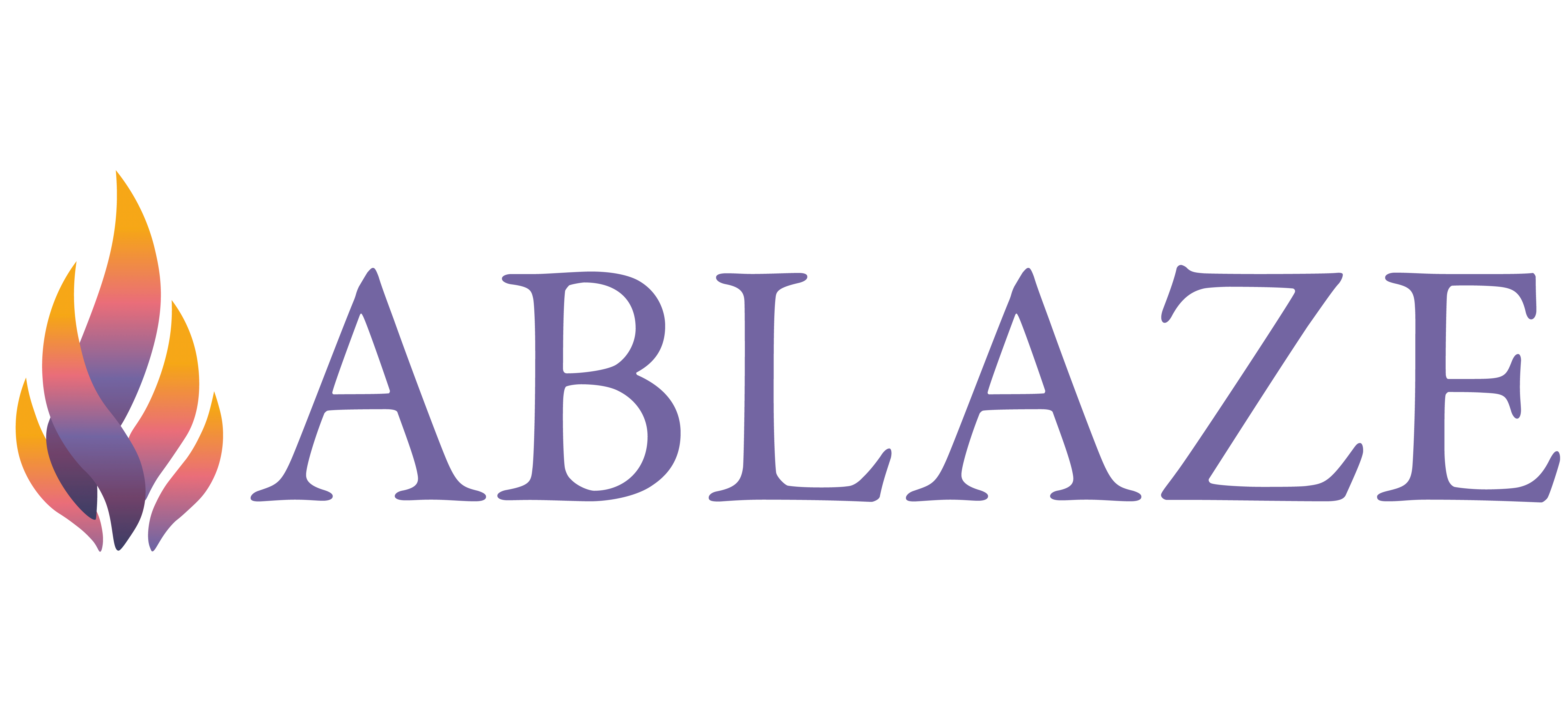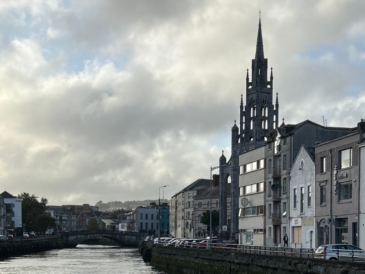Photos courtesy of Pexels
Subheading: “Third places” are locations apart from work or home that allow people to relax, socialize and enjoy themselves without spending money.
Third places.
What are they?
While a first place is someone’s home, and a second place is someone’s work, a third place is anywhere else acting as a space for things like relaxation, social interaction or recreation. Think parks, public libraries, cafes, gyms or even places of worship.
All of these spaces have the potential to bring communities together.
The beauty of third places is the sense of freedom they can provide. If you’re going to a park or public library, chances are hanging out in that space is completely free. These two spaces are also thought of as being meeting places for friends, clubs and organizations; they’re low commitment, low pressure environments.
So many activities today have a cost, and it’s typically not a cheap one.
Even for third places that may cost money, like cafes and gyms, these locations provide ways for people to meet others and find community. People who like coffee are probably going to find others with the same interest at cafes, and the same goes for gym lovers at gyms.
Another big factor that goes into making third places so special is their combativeness to loneliness.
After the peak of COVID-19, many people in Gen Z have expressed their experiences with post pandemic depression and loneliness. Third places are an excellent way of combating this.
Not only are public parks and walkable communities great ways to get exercise, but they also encourage people to get outside, get some sun and interact with others in their area.
As a third place, public parks frequently host a plethora of events in addition to whatever random activities are going on in their open spaces. Going to one of these parks alone provides plenty of opportunities for connection.
Imagine this: seeing the same jogger whose shoes you love, talking to them and getting invited to join the running club they’re in.
Or this: Going to your favorite park with a group of friends to hold your book club on sunny days. This activity could then lead to intermingling with another friend group who holds picnics at that same park.
I think one of my favorite aspects of public parks is how easy it is to cross paths with strangers you end up having a lot in common with.
In addition to all of that, parks also serve as a great opportunity to people-watch and see how everyone chooses to spend their time outside; it’s like getting a peek into the lives of everyone in your community.
Similar to how parks frequently provide event-hosting spaces, places like public libraries, cafes, and gyms also have the potential for helping people get involved in interest oriented groups.
For example, public libraries often have book clubs for people of all ages, and sometimes even host community art shows for anyone to enjoy.
Cafes almost always have a cork board or poster space filled with notes advertising things like book clubs, game nights, trivia, movie watch parties and more.
This means that if you’re able to spend an occasional $6 on coffee, you could end up becoming a permanent attendee for your local cafe’s weekly events.
Another side note for cafes and coffee shops: many other young people gravitate towards the same places, so trying the trendiest or most popular spots in your area is a great way to potentially get familiar with other young people in your area.
The same idea also applies to gyms.
Check out your local rec center, or even the TRECS here at UT. Especially for our campus recreation resources, there are countless fitness classes, nature outings and workshops open to students.
Caroline Coleman, sophomore environmental and soil science major, spoke on her favorite third places.
“Circle Park, but most of the time that gets overrun by events…The UT Gardens are pretty cool,” Coleman said. “If I had to spend time on campus, I would probably choose Circle Park, the Green Steps by HSS Lawn or The Hill. They’re outside, they’re green, there’s foliage, they can be quiet…you can slow down.”
Hannah Jarrett, sophomore audiology speech pathology major, offered her insight into notable areas as well.
“UT has a wide variety of clubs and on campus organizations that students can participate in, and while some of those clubs may not have places for meeting ‘owned’ by them, the ability to congregate on campus still allows them to hold a space,” Jarrett said.
Both students' comments provide perspective on how some of UT’s residents feel about access to nature and resources on campus.
Finding our own space can be important for mental health, social relationships and simply having a strong sense of belonging; third places are an ideal place to do this.
Help yourself and go find space in a third place near you.





